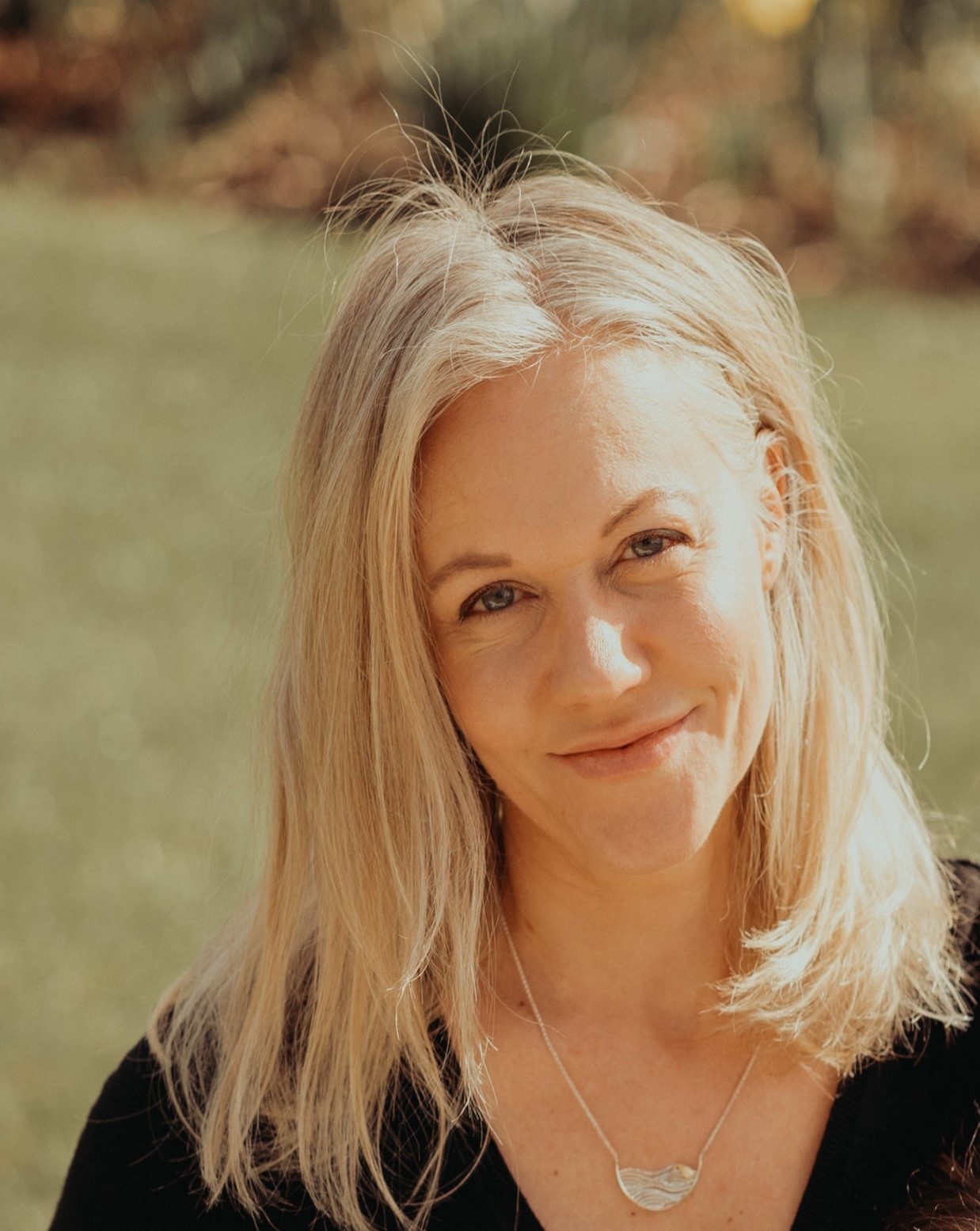“Happy birthday mum!”. “Sorry, I’m running late!” “Should I get this dress?” Most of us use messaging apps every day and they contain intimate snapshots of our lives and often our most private information. Statista predicts that there will be an estimated 3.51 billion users by 2025! Messaging apps are, literally, taking over the world one emoji and kitten picture at a time. Plenty of these apps pledge to keep our online conversations private and Signal messenger makes that promise too. Yet what is Signal exactly, how does Signal work, and does it offer levels of privacy that do set it apart?
Signal is an instant messaging and SMS app. Like WhatsApp, it lets users send direct or group messages, as well as photos, and voice messages across multiple devices. So far so run-of-the-mill as far as messaging apps are concerned. Yet Signal’s offering is strongly shaped by its company ethos, which has big ramifications for users. Let’s take a quick sprint down memory lane: On the 21 February 2018, cryptographer and computer security researcher Moxie Marlinspike and WhatsApp co-founder Brian Acton established the Signal Foundation as a non-profit organization. Their mission was to develop open-source privacy technology that aims to protect free expression and helps enable secure global communications. What does this mean in practice for the user?
Does Signal send a signal for privacy?
As Signal messenger is not run for financial gain, it’s less likely that users’ data may be harvested for profit. They’re also not harnessed to any tech company or advertiser so are free to pursue their ideals. In fact, development is supported entirely by grants and donations. Signal also uses open-sourced code, which really takes the “more heads are better than one” mantra to heart. “Open source” means it gives security analysts around the world free rein to examine and test the app to determine whether it’s truly secure, private, and running as well as it could be. They’re also able to report bugs to Signal developers who can then fine-tune the app. All in all, open-source code is highly scrutinized and generally trusted to be secure.
Signal end-to-end encryption: the key to more secure communication
On its website Signal claims: “We can’t read your messages or listen to your calls, and no one else can either. Privacy isn’t an optional mode—it’s just the way that Signal works. Every message, every call, every time.” *
As part of the company’s strong focus on privacy and security, Signal messenger uses end-to-end encryption powered by its own open-source Signal Protocol. This means that when two or more Signal users start a conversation, all communications (even files) are encrypted before they’re even sent—and only decrypted when they arrive on the intended recipient’s device. (Quick Geek check: Encryption is when encryption software turns a message into an indecipherable sequence called ciphertext that only the intended addressee can decipher). Plus, there are no intermediaries. Signal promises that no-one, not even at Signal HQ, can read your conversation. So that awful picture of you in that Christmas jumper really is just between you and your mum. Plus, Signal’s end-to-end encryption is enabled by default so you can’t forget to turn it on! Even though, Signal itself is designed with a strong focus on user privacy, and its end-to-end encryption remains effective, you can always choose to boost the security with a VPN. You can choose to download the VPN for iOS or VPN for Android to further help protect your privacy online.
Delving into data privacy and transparency: Signal and your data
In many countries today, such as the UK, citizens have a fundamental right to privacy. Data protection must adhere to certain core principles, and these generally require that personal data be:
- Processed lawfully and transparently.
- Collected for specified and legitimate purposes.
- Minimized – so only what is necessary in relation to its purpose may be collected.
- Adequately protected against unauthorized access, loss, or damage.
Signal has a reputation for putting the principles above into practice. In fact, when the EU Commission wanted to beef up security in early 2020, it instructed staff to use Signal!
As we’ve already touched on, the Signal messenger app isn’t affiliated with advertisers, so it has no need to capture user data or locations. Also, users’ message histories are only stored locally on their devices and not on Signal’s servers. In fact, there’s no direct connection between you and your data at all! Only technical data like randomly generated authentication tokens and keys are stored on Signal servers, and only because they’re required for call setup and message transfer. Plus, personal information required is strictly limited to just your phone number—you can use a pseudonym or even an emoji instead of your name. If that’s still not enough, you can opt to send “disappearing messages” which are deleted after a set time frame.
Decided to install Signal? It’s easy to get started
The Signal messenger app is available for Android, iOS, and as a desktop app. Its website promises that installation is fast, simple, and secure but try it for yourself. Simply follow the steps for your platform below.
Android
- Confirm that your phone is running Android 5.0 or later (Android tablets are not supported).
- Install and open Signal from the Google Play Store.
- Follow the on-screen instructions to complete the registration process.
iPhone
- Confirm that your iOS device is running iOS 12.2 or later.
- Install and open Signal from the Apple App Store.
- Follow the on-screen instructions to complete the registration process.
Desktop
Once you have Signal on your mobile device, you can also install it on your desktop. You can’t use Signal without a mobile though!
- Confirm Signal is installed and working on your Android phone or iPhone.
- Confirm that your OS is running Windows 10 and 11; macOS 10.13, and above; Linux 64-bit distributions supporting APT, like Ubuntu or Debian.
- Download and open Signal Desktop.
Windows: Follow prompts from the install link.
macOS: Move Signal to the Applications folder. Non-admin users should search for ~/Applications using Spotlight and move Signal’s install file into that directory.
Linux: Follow the instructions to configure the Signal repository and install the Signal package.
- Link Signal Desktop with your phone.
Finished installing Signal? Now set it up
All done installing the Signal messenger app on your Android or Apple device or Windows, Mac, or Linux computer? You’re raring to go. Now open the app on your phone and register using your phone number. Careful: See the Terms & Conditions and decide whether to enable notifications and grant Signal access to your contacts! Signal will now send you a verification code via SMS. Enter this into the code field. You’ll then be asked to create a PIN for your account (It’s four digits by default but you can use a longer PIN or even a password). When you’re done, you’ll be prompted to fill out your profile. Don’t panic! Signal only requires a first name, and it doesn’t even have to be your real name or a name at all. Always wanted to be a pumpkin emoji? Go for it. A photo or avatar are optional.
You’re now ready to go! Once you’ve set up your phone, you can enable a desktop or iPad version as well. Signal also makes it easy to link multiple devices. You’ll find full Signal set-up instructions here.
Are you interested in a few more technical tips? Signal lets you back up, transfer, and restore messages, but please note that message restoration and account transfers aren’t possible in the following cases: You no longer have your phone, or you cleared your phone, uninstalled Signal, accidentally deleted a message, or changed your phone number. You also can’t switch accounts from an Android to an iOS device and keep your messages. For full steps on how to back up, transfer, or restore messages, see the Signal support page here.
Who mainly uses Signal and should you join them?
In an age where many people feel like they’re made of glass—with every digital move closely monitored by tech giants, advertisers, and (depending on where you live) even government regimes—Signal’s insulating layers of privacy are increasingly welcomed. And it’s not just cybersecurity experts, journalists, and government officials jumping on the bandwagon! Tesla CEO, Elon Musk already tweeted his followers in January 2021 to “Use Signal”. American whistleblower Edward Snowden also urged users to make the switch. When someone on Twitter remarked that there is no reason to trust Signal, Snowden famously replied: “Here’s a reason: I use it (Signal) every day, and I’m not dead yet.”
So is it right for you? That depends on how highly you value your privacy. Most users choose to stick with the home comforts of the apps they already know. Currently, WhatsApp is still the largest messaging service in the world with over 2 billion monthly active users (Signal has an estimated 40 million). Unless you can persuade most of your contacts to make the move to another platform with you, it could be a very private but rather lonely place to be.
* www.signal.org. Retrieved 03 February 2023.














